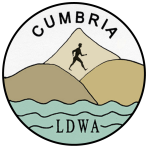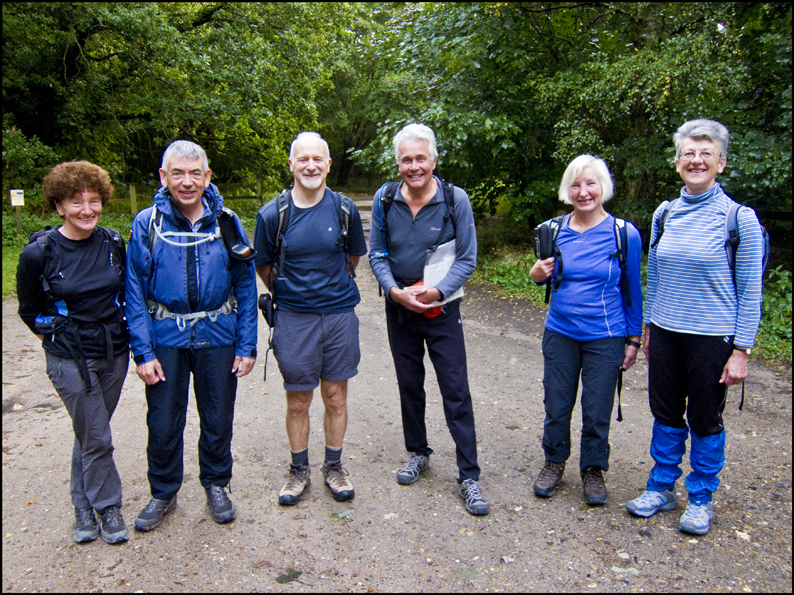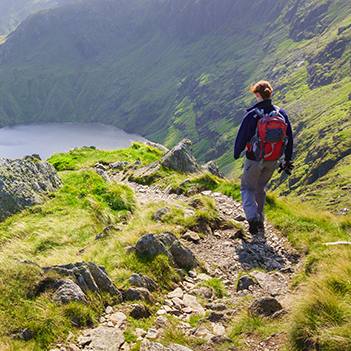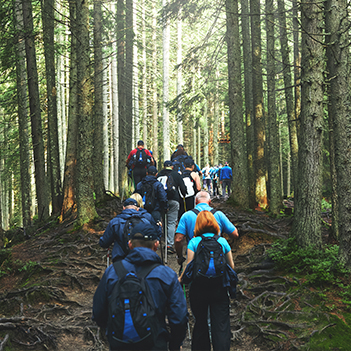- Home
- Home
- Committee Members
- Future Events
- Walk Reports
- Walk Reports
- Pottering In the Potts Valley
- HalfAKanter10032024
- A Temple In Eden 11th Feb 2024
- A Walton Double
- A Whale of a Walk 19/11/2023
- A Wark Too Far
- Journey to the centre of Britain
- Pass The Portlig
- Caldbeck 50k Circular
- TwoDalesWays
- Iron Road and Roman Road
- Laversdale Loop 16/04/2021
- Round-t-Saddle
- Caldbeck Circular
- More ...
- Mardale Magic
- Walks Database
- Walks Database
- Overview
- Select Walk via List
- Select Walk via Map
- Admin
- Picture Parade
- Three Rings of Shap
- Away Weekends
- Away Weekends
- Northern Ireland - 2016
- Isle of Arran - 2015
- White Peak Way - 2014
- St. Cuthbert's Way - 2013
- Yoredale Way - 2012
- Yorkshire Wolds Way - 2011
- Lady Anne's Way - 2009
- Dales Way 2008
- Dales Way - Photos
- Borders Abbeys Way 2007
- Borders Abbeys Way - Photos
- Furness Way 2006
- Furness Way - Photos
- Features
- About the LDWA




























































